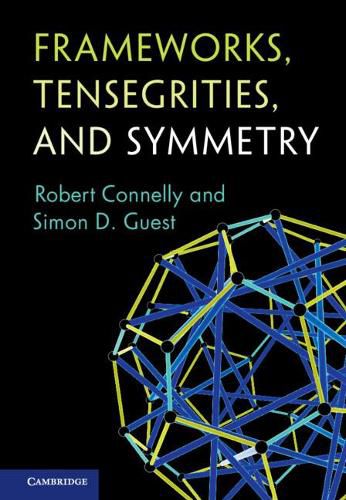Readings Newsletter
Become a Readings Member to make your shopping experience even easier.
Sign in or sign up for free!
You’re not far away from qualifying for FREE standard shipping within Australia
You’ve qualified for FREE standard shipping within Australia
The cart is loading…






This introduction to the theory of rigid structures explains how to analyze the performance of built and natural structures under loads, paying special attention to the role of geometry. The book unifies the engineering and mathematical literatures by exploring different notions of rigidity - local, global, and universal - and how they are interrelated. Important results are stated formally, but also clarified with a wide range of revealing examples. An important generalization is to tensegrities, where fixed distances are replaced with ‘cables’ not allowed to increase in length and ‘struts’ not allowed to decrease in length. A special feature is the analysis of symmetric tensegrities, where the symmetry of the structure is used to simplify matters and allows the theory of group representations to be applied. Written for researchers and graduate students in structural engineering and mathematics, this work is also of interest to computer scientists and physicists.
$9.00 standard shipping within Australia
FREE standard shipping within Australia for orders over $100.00
Express & International shipping calculated at checkout
This introduction to the theory of rigid structures explains how to analyze the performance of built and natural structures under loads, paying special attention to the role of geometry. The book unifies the engineering and mathematical literatures by exploring different notions of rigidity - local, global, and universal - and how they are interrelated. Important results are stated formally, but also clarified with a wide range of revealing examples. An important generalization is to tensegrities, where fixed distances are replaced with ‘cables’ not allowed to increase in length and ‘struts’ not allowed to decrease in length. A special feature is the analysis of symmetric tensegrities, where the symmetry of the structure is used to simplify matters and allows the theory of group representations to be applied. Written for researchers and graduate students in structural engineering and mathematics, this work is also of interest to computer scientists and physicists.